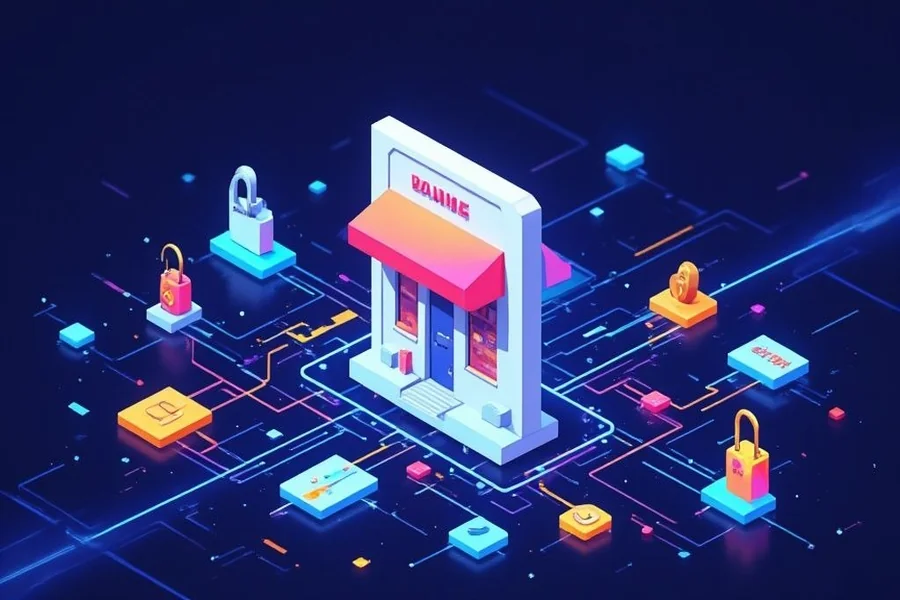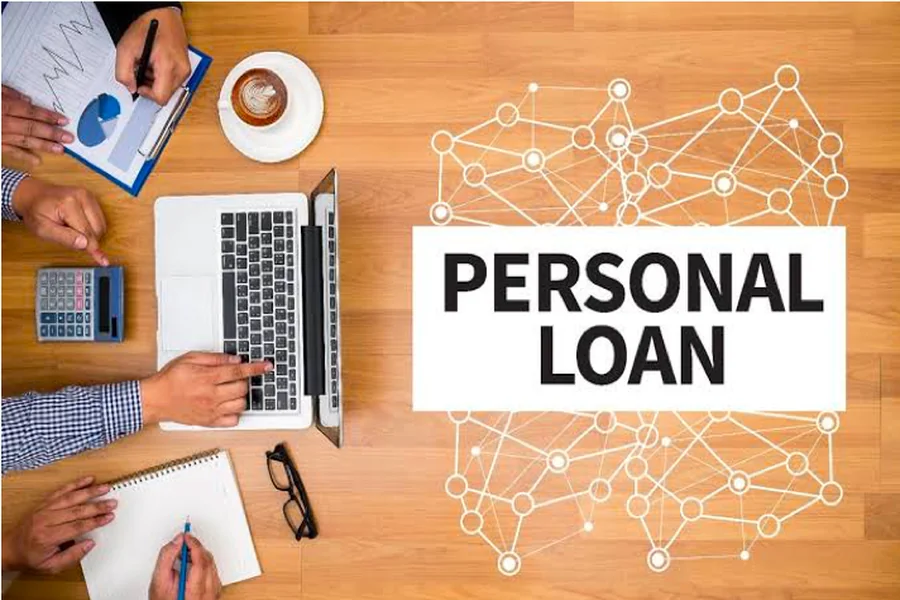Payment Gateway Integration: A Complete Guide to Evaluating Solutions Before Implementation
Implementing a payment gateway is essential for online businesses. It allows merchants to accept payments online safely. The right combination improves the settlement experience for customers. Businesses also manage payment information safely and process financial transactions efficiently. Choosing the best payment gateway in India ensures smooth operations for domestic and international remittance.
Introduction
A payment gateway connects your business account to banks and processors. It handles virtual billing methods such as bank cards, unified payment interface, and wallets. Gateways improve the billing process and make accepting web remittance faster. Using a gateway ensures secure transactions and reduces errors in transactions. Businesses in India to accept online payments need reliable systems to handle local and global transactions.
What is Payment Gateway Integration?
Payment gateway integration links your platform to a payment gateway provider. It ensures that payments from customers are processed securely and real-time confirmation is provided.
Definition of a payment gateway and integration process
A gateway captures transaction information from the customer. It then sends the data to the acquiring bank for approval. After the payment is approved, the gateway confirms the transaction. This merging process supports repeating remittances and returns.
Difference between a payment gateway solution and a payment processor
A payment gateway handles the authorization and encoding of billing information. A payment processor moves funds between the seller account and customer accounts. Understanding the difference is important before merging.
Online payment gateway integration vs traditional checkout flows
Traditional checkout may redirect users off-site or require manual steps. In contrast, online payment gateway integration offers hosted payment pages or payment buttons for a seamless payment process. This reduces cart abandonment and increases conversions.
Key Factors to Evaluate Before Integration
Choosing a gateway requires evaluating multiple factors. These include security, costs, support for installment payment methods, and easy unification with your store.
Security and compliance in payment gateway integration
Payment gateways claim to comply with PCI DSS standards and apply encryption and tokenisation to protect billing details. Encryption and secure payment practices prevent fraud. Businesses must ensure that the gateway systems provide live fraud detection.
Payment solution features: multi-currency, fraud protection, APIs
Top gateways allow global transactions and support multiple payment methods like charge cards, UPI, purse, and Mastercard. The payment gateway supports these options to provide a smooth billing experience.
Costs, fees, and hidden charges of integration
Gateways may charge per transaction, setup fees, or monthly charges. Some provide free payment links while others charge for repayments. Check for hidden fees before selecting a solution.
End-to-end integration vs plugins and extensions
Some businesses choose end to end combination for full control. Others use add-ons and extensions for easy-to-integrate options. Both approaches enable payments and offer features like recurring payments, returns, and hosted billing pages.
How Payment Gateways Work with Integration
Сonsolidation enables businesses to accept payments using various transaction methods. It streamlines the billing process and supports online customer payments.
The integration process step by step
- Configure merchant account and developer keys.
- Choose a gateway type (hosted or direct).
- Connect billing pages to your website or application.
- Test the payment transactions before going live.
APIs, SDKs, and seamless integration options
Gateways provide API keys and SDKs to simplify unification. Developers can create checkout buttons or payment requests for digital payments.
Dashboard and reporting features after integrating a payment gateway
Post-unification instrument panel shows real-time billing transactions, returns, and disbursements. This helps track payments from customers and manage business account activity.
Website integration vs mobile app integration
Сombination can be on a website or an application. Mobile apps may use hosted payment or cardless flows for digital customer transactions. Both improve checkout experience.
Choosing the Right Payment Gateway Solution
Selecting the best payment gateway in India requires checking features, payment gateway services for various remittance options, and international cards.
Here you can explore top options and find a reliable payment gateway provider: paymentgateways.org/gateways
Criteria to choose a secure online payment gateway
Ensure the gateway supports PCI DSS and encoding. It should handle credit and debit cards, purse, and a unified payment interface. Check for repayment support and recurring payments features.
How to evaluate the Razorpay payment gateway and similar providers
Compare gateways in India to accept payments from local and global customers. Test the checkout process, payment buttons, and payment links.
Integration compatibility with e-commerce platforms and plugins
Ensure the gateway works with WooCommerce, Shopify, or your online store. Check if easy integration is possible with access tokens or managed remittance options.
Case study: integrating a payment gateway for checkout optimization
Merchants improved conversions by using payment gateway frameworks, credit cards, debit cards, wire transfers, and web payment systems. High-volume payments became simpler, and refund handling was faster.
Benefits of Seamless Payment Gateway Integration
Merging improves the billing experience for customers. It enables businesses to process payments safely and efficiently.
How merchants start accepting payments faster
With correct setup your business can start accepting payments quickly. Verification of your merchant account and developer-keys provision help speed up the process.
Improved checkout experience and higher conversions
Consumer remittances are smoother with hosted billing pages or billing buttons. Customers enjoy the web payment process system with multiple payment options.
Streamlined online payment processing with APIs
Gateway APIs allow businesses to handle payments using different billing methods. Automation reduces errors and improves live tracking.
End-to-end solutions for growing businesses
Comprehensive merging supports payments at scale, refunds, and disbursements. It gives merchants full control over web customer payments.
Common Challenges in Payment Gateway Integration
Unification can have technical challenges. Developers face issues with API errors, add-ons, and instrument panel limitations.
Technical barriers in online payment gateway integration
Businesses need to handle bank cards, purses, and bank transfers. Misconfigured developer keys can cause a failed monetary transfer process.
API errors, plugins, and dashboard limitations
Errors in the gateway service or plugin conflicts can block the process of the e-payment flow. Live testing ensures smooth operation.
How to ensure seamless integration for global payments
Check worldwide transactions, local and global support, and gateway type compatibility. Test consumer remittances before launch.
Troubleshooting during the integration process
Use logs to identify failed settlement processes or repayment issues. Ensure merchant account and acquiring bank settings are correct.
Future of Payment Gateway Integration
Payment integration will become more automated. Interface and managed payment will improve the digital checkout experience.
Emerging trends in online payment gateway integration
Cardless, UPI, net banking, and purse are growing. Gateways will support charge cards, international cards, and digital customer payments.
Role of APIs and automation in seamless payments
Automation enables businesses to support recurring-billing and installment payment options where available. Security keys help integrate payment pages and checkout buttons efficiently.
Preparing to integrate payment solutions in 2025 and beyond
Merchants should plan complete payment gateway setups. Testing high-volume payments and refunds ensures a reliable billing process.
Frequently Asked Questions (FAQ)
Unification simplifies accepting web payments for businesses. Gateways handle financial exchanges, returns, and digital customer payments efficiently. Below are common questions.
What is the integration process for a payment gateway?
It involves setting up a merchant account, connecting a gateway platform, and testing monetary transfers.
How do I start accepting payments after integration?
After configuration, businesses can receive payments online safely using bank cards, wallets, a unified payment interface, or wire transfers.
What is the difference between plugins and APIs for integration?
Extensions are easy to integrate but may limit custom remittance options. Interface allows complete control of payments at scale.
Can Razorpay payment gateway be integrated with any website?
Yes, it works with websites. It can also be used with applications. It supports installment payment modes, international payments, and real-time payment transactions.
What are the benefits of end-to-end payment gateway solutions?
They enable full control over the billing process, returns, payouts, and payments from customers. Businesses get a smoother online payment experience.







